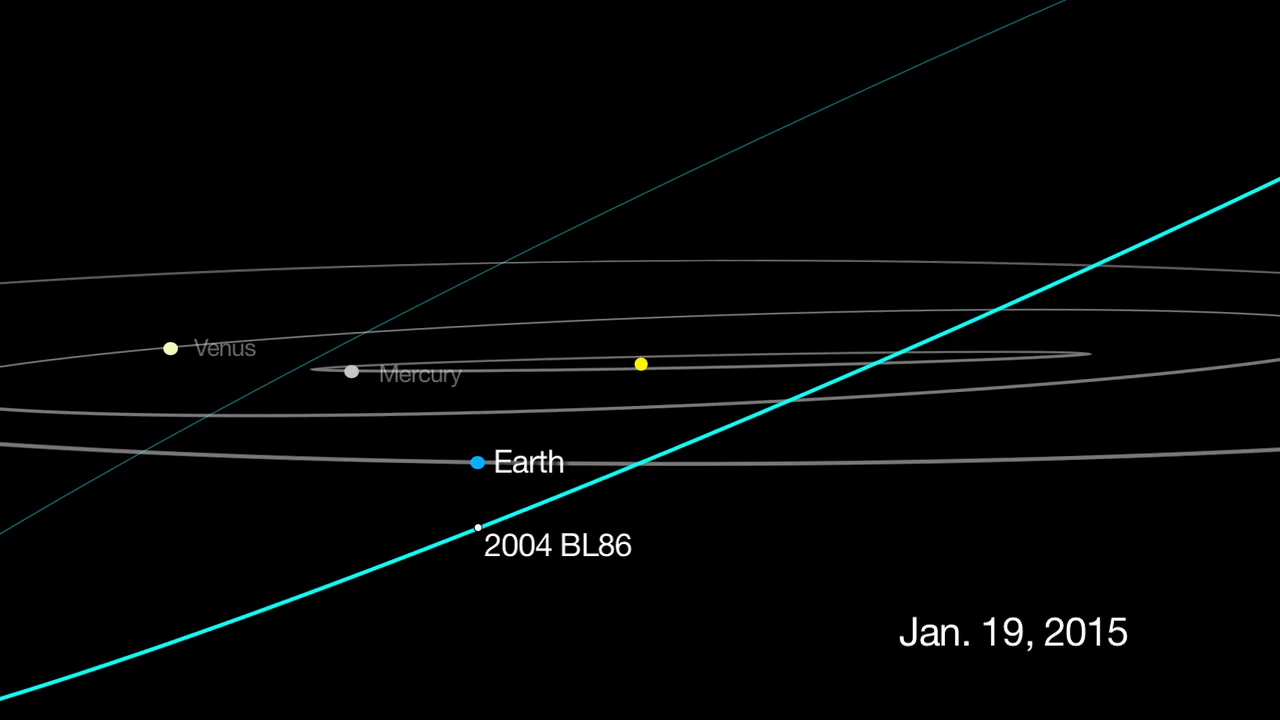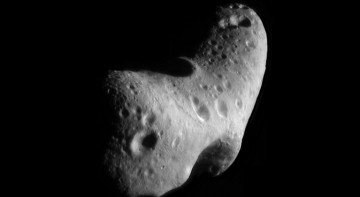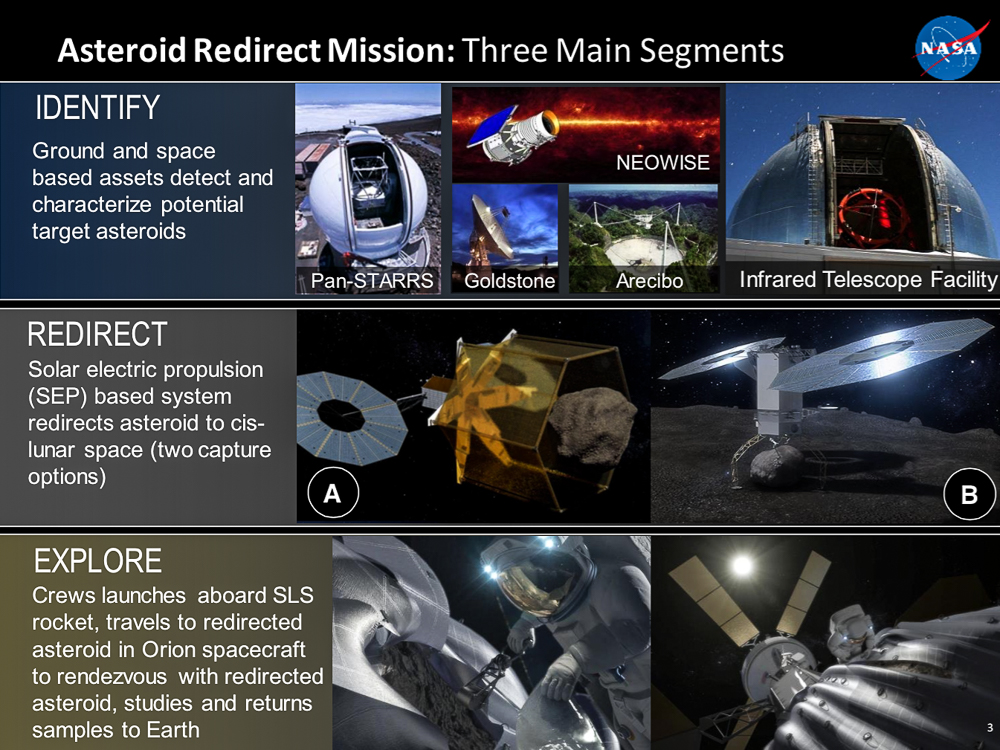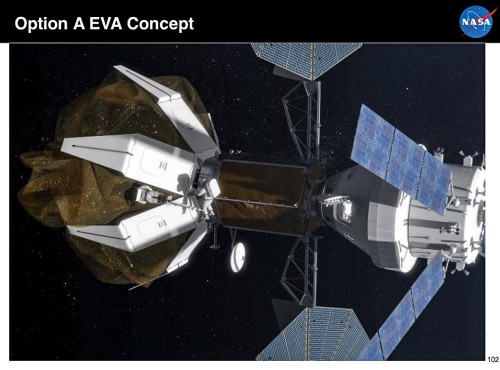
On Monday, Jan. 26, asteroid 2004 BL86 will safely whizz past the Earth, at about three times the distance of Earth to the Moon. By the time the asteroid, which is one-third of a mile (0.5 km) in size, makes its closest approach it will be an estimated 745,000 miles (1.2 million kilometers) from Earth. BL86 poses no threat to Earth whatsoever, but a close flyby of an asteroid that size does provide NASA scientists at the agency’s Jet Propulsion Laboratory (JPL) in Pasadena, Calif., with a unique opportunity to learn more about the ancient rock from the dawn of the Solar System.
Amateur astronomers and those with small telescopes and good binoculars have a realistic shot at catching a glimpse of the asteroid as it passes. One of those people is Don Yeomans, who is retiring as manager of NASA’s Near Earth Object Program Office at the Jet Propulsion Laboratory in Pasadena, Calif. Yeoman plans on grabbing his favorite pair of binoculars and giving it a go at observing asteroid 2004 BL86.

“Asteroids are something special,” said Yeomans. “Not only did asteroids provide Earth with the building blocks of life and much of its water, but in the future, they will become valuable resources for mineral ores and other vital natural resources. They will also become the fueling stops for humanity as we continue to explore our solar system. There is something about asteroids that makes me want to look up.”
NASA reports that the upcoming flyby of asteroid 2004 BL86 will be the closest by any known asteroid of comparable size until asteroid 1999 AN10 whizzes past Earth in the year 2027.
Small rocky worlds have been orbiting our Sun and colliding with our planet (and the others) since the formation of our Solar System nearly 4.6 billion years ago. The majority of known asteroids reside between the orbits of Mars and Jupiter in what is called the asteroid belt, and all are too small to be considered planets or moons. They range from sizes as small as rocks to nearly 583 miles across, such as the asteroid Ceres, which is considered a dwarf planet at most. The study of asteroids has become an important topic to NASA researchers and scientists because asteroids can either destroy our planet or provide a gratuitous amount of valuable resources, as well as shedding light on the birth and formation of the Solar System itself.
According to researchers, the likeliness of an asteroid hitting Earth and causing a catastrophe is about once every 1,000 centuries. Even though the probability is low, NASA still keeps eyes on the skies to detect these objects and determine if they can potentially harm Earth. The space agency tracks and characterizes asteroids using ground- and space-based telescopes. The very same telescopes are also looking for near-Earth asteroids. NASA’s Asteroid Redirect Mission (ARM) aims to identify, capture, and redirect an asteroid into a stable lunar orbit. Astronauts on the Orion spacecraft, which will be launched by the agency’s massive Space Launch System (SLS) rocket, will visit the asteroid, retrieve samples, and safely return to Earth.

The mission, which will occur sometime in the 2020s, is also a way for NASA to test complex technologies and gain the spaceflight experience necessary for humans to explore Mars and other deep-space destinations in the coming decades.
NASA’s Near-Earth Object Observation Program has identified more than 1,000 near-Earth asteroids. Of that number, about six asteroids are believed to be potential candidates for ARM. NASA plans on launching the ARM robotic spacecraft by 2020 and is currently working on two different concepts for the capture: Option-A and Option-B. The decision was to have been made by the end of December 2014 but was delayed.

Option-A sends a probe out to capture a small asteroid and tow it back to orbit using an inflatable system. Option-B lands a small probe on the surface of an asteroid and picks up a boulder off the surface using a robotic arm. Both options redirect the mass into a Distant Retrograde Orbit, or stable orbit, around the Moon. A decision on which option to use was expected by the end of 2014, but a decision has not yet been made.
On Dec. 17, 2014, NASA Associate Administrator Robert Lightfoot announced in a media teleconference that he was delaying the decision in order to gain a better understanding of some of the issues. The decision was to be made in January prior to a Mission Concept Review (MCR) scheduled for February 2015, with only the selected option presenting. No information has been released regarding NASA’s plans to announce a decision or push back the MCR.
The Asteroid Redirect Mission has three main parts, as explained by NASA:
- An observation campaign to identify a sufficient numbers of potential targets around which a viable mission implementation plan can be developed and executed
- A robotic asteroid redirect vehicle with sufficient on-board propulsion capability to rendezvous with, capture, and return a near-Earth asteroid with a mass up to 1000 t in a reasonable flight time
- A human spaceflight capability that can rendezvous with the returned asteroid in translunar space in order to inspect it, study and sample it, to determine its composition and internal structure, and assess its potential for resource utilization
The sooner scientists get to examining asteroids the better. Asteroids hold the answers to questions about the very early formation of our Solar System, as well as holding natural resources like frozen water and rare metals. The possibility of mining asteroids is coming to fruition with forward-thinking companies like Planetary Resources, who believes asteroids hold the key to economic growth and deep space exploration.
ARM will also demonstrate planetary defense techniques to deflect dangerous asteroids and protect Earth if needed in the future. NASA will choose an asteroid for capture with a size and mass that cannot harm the Earth; the selected asteroid’s small size would burn up in the Earth’s atmosphere should it ever be deflected our way. In addition to ensuring a stable orbit, redirecting the asteroid mass to a distant retrograde orbit around the Moon will ensure it will not hit Earth.
On Feb. 15, 2013, a near-Earth asteroid exploded over Chelyabinsk, Russia, causing millions of dollars in damage and injuring nearly 1,500 people. The 65-foot-wide (20-m) asteroid came on the heels of a 100-foot-wide (30-m) asteroid known as 2012 DA14 that whizzed past our planet the same day. The difference is that scientists knew about 2012 DA14 and were closely monitoring its flyby as it passed within just 17,200 miles (27,000 km) of Earth, closer than the orbits of many of our own satellites. The space rock flew by as planned, whereas the Chelyabinsk meteorite completely escaped detection. There are many other unknown asteroids out there that pose a risk to our planet. The Asteroid Redirect Mission will enhance the detection, tracking, and characterization of near-Earth asteroids (like the one flying by us next Monday), and ultimately help develop strategies to protect our fragile home.
— Visit our photo gallery from our recent visit to NASA’s Johnson Space Center in Houston, Texas, where we visited with some of the engineers who are already developing the tools and training necessary to make the ARM mission a reality.
Want to keep up-to-date with all things space? Be sure to “Like” AmericaSpace on Facebook and follow us on Twitter: @AmericaSpace
Missions » SLS » Asteroid Redirect (ARM) »




NASA’s primary focus should be on establishing a water and fuel producing outpost at one of the lunar poles.
This meteoroid retrieval idea needs to be axed! There’s simply no political or scientific support for it.
Marcel
Meteor Crater in Arizona, 1.200 m (3.900 ft) in diameter and 170 m (570 ft) deep, was made by a little meteorite of 50 meters (160 feet) in diameter. The impact produced something about 10 megatons of energy, compared to 15 kilotons of Horoshima’s “Little boy”. What if a small 50-100 meters asteroid falls over a town? Well, implementing the ARM know-how it could be avoid. Should we remake the Apollo program in 2020s just because China put a malfunctioning “Lunakod” on the moon?
I agree.
The Moon then Mars.
If in 2020s there will be a remake of Apollo program, in 2030s there will be no manned exploration of Mars. We will not see the man on Mars in our lifetime.
ARM could be the first step to develop the know-how to protect our planet from threatening asteroids. If we choose to barter the ARM opportunity for a remake of the Apollo program, one day we may regret it. Moreover it’s sure that if Nasa undertake an expensive new lunar program, there will be no manned Mars program in 2030s. I’m afraid that the press office of Nasa is not effectively communicating these concepts to the people. Above all, It seems to me that people can’t distinguish between constructive goals and mere propagandistic goals
Simon,
I get your concerns that the trek to Mars will be short-circuited. Yet, both Von Braun and Webb, and everyone else at NASA, wanted to go to Mars for as long as I can remember, and I grew-up in the 60’s-70’s. The lunar program wasn’t then, nor will it be in the future, the thing that keeps us from going to Mars. That should instead be credited to in general our nation’s, and in particular the space advocacy’s community’s, inability to set long term goals and stick with them.
The physical and technical problems with going to Mars begin with the long transit time, radiation, and the difficulty of building spacecraft dependable enough that they will get astronauts to Mars and back safely.
No Mars mission should begin from the deep gravity well that is Earth when the Moon’s much shallower gravity well is available. Study after study has shown that hop-scotching from LEO to the Moon, and then to Mars is more efficient provided that reserves of lunar water-ice prove true. The Moon could likewise be a stepping-stone from which to send spacecraft on missions for ever longer durations. This would build-up the experience needed to understand what spacecraft functions require additional work to operate for 3 years without fail. And astronauts could use such missions to learn how to manage inflight maintenance and repair of their spacecraft. The Moon could become our space exploration depot from which to explore beyond the Moon.
As for ARM, none other that the National Research Council concluded that it would provide little or no long-term benefits to Martian exploration. Unlike a lunar exploration program, ARM provides no benefit of Mars is the goal.
Congress in 2010 authorized and has since funded the foundation of a long-term and far-reaching human space exploration capability. If we continue and finish Orion and SLS and then develop and build a lander, a deep-space transit habitat, and the other systems needed for deep space voyages, nothing can stop us from reaching Mars and destinations beyond.
To land on an asteroid, to claim rare materials as a side effect (funding, I see as on the of the 10 big Space Challenges.
The goal has to be to redirect the these asteroids or to destroy them in time, prior an impact or other danger.
The money is spend wise, how much money do we waist to safe corrupt banks or governments.
More to be done and fast, including Ion Propulsion.
Henri
That’s ok by me but our kids will visit Jupiter and its moons. All from the resources of the Moon. In the long term its the cheapest way forward.